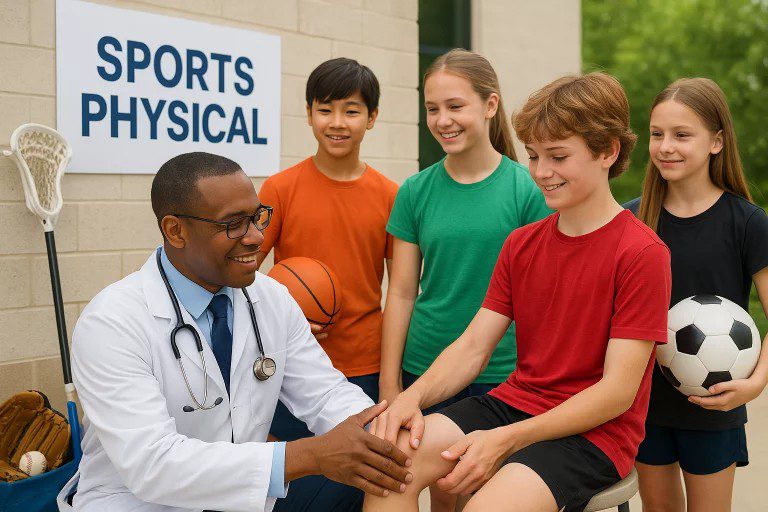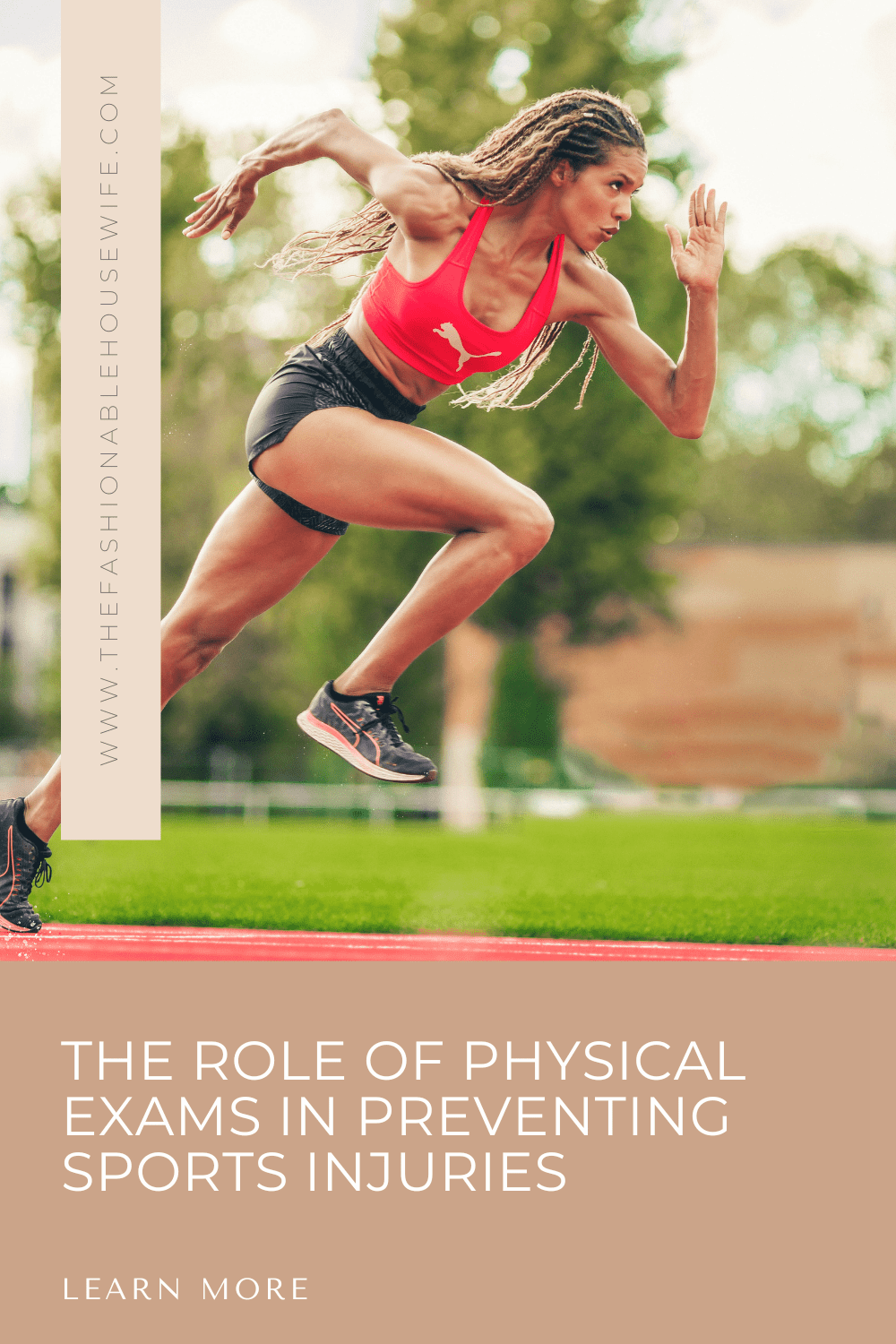The Role of Physical Exams in Preventing Sports Injuries

Sports physicals are crucial for athletes, parents, and coaches. They help identify hidden medical issues, provide tailored support, and enable athletes to excel while reducing the risk of injury setbacks.
Sports provide numerous benefits, including improved cardiovascular health and confidence, but increasing competition increases injury risk. Regular physical exams are a proactive measure to maintain athlete health. For those living in the Garden State, scheduling New Jersey Sports Physicals is a proven approach to assess readiness and decrease the likelihood of both minor and severe injuries. Far more than a box to check before stepping onto the field, sports physicals act as comprehensive checkpoints in an athlete’s journey, identifying risks, providing guidance, and supporting sustained high-level performance.
Understanding Sports Physicals
A sports physical, also known as a pre-participation physical examination (PPE), is a comprehensive health assessment that assesses an individual’s readiness for their chosen athletic activity. It’s a preventive measure that reduces injuries and ensures the welfare of athletes, laying the groundwork for a safe and successful season.

Components of a Sports Physical
A sports physical involves a medical history review and a physical examination to assess an athlete’s health and preparedness. The review includes a comprehensive health history, including past illnesses, family history, and symptoms. The physical examination includes vital signs, muscle strength, joint flexibility, posture, alignment, and vision and hearing tests. This comprehensive approach ensures no aspect of an athlete’s well-being is overlooked, providing valuable insights for safer sports participation.
The Importance of Sports Physicals
Sports physicals are crucial for safe athletic engagement, allowing early detection of health issues like heart murmurs, undiagnosed asthma, and musculoskeletal imbalances. They provide a historical medical baseline, allowing for the detection of physiological changes over time. Healthcare professionals use these opportunities to engage athletes and caregivers in discussions about injury prevention, fostering a culture of safety and empowerment, and equipping them with the tools to compete confidently.
How Sports Physicals Prevent Injuries
Sports physicals are crucial for athletes and medical professionals to identify risks and implement preventive strategies. They help identify pre-existing conditions, recommend tailored interventions, and monitor progress. By reviewing an athlete’s medical history and screening, they can identify potential injury risks. Doctors can suggest specific programs, equipment, and training approaches to support each athlete’s needs. Continuous monitoring helps prevent recurring injuries and ensures athletes can excel in their chosen sports.

